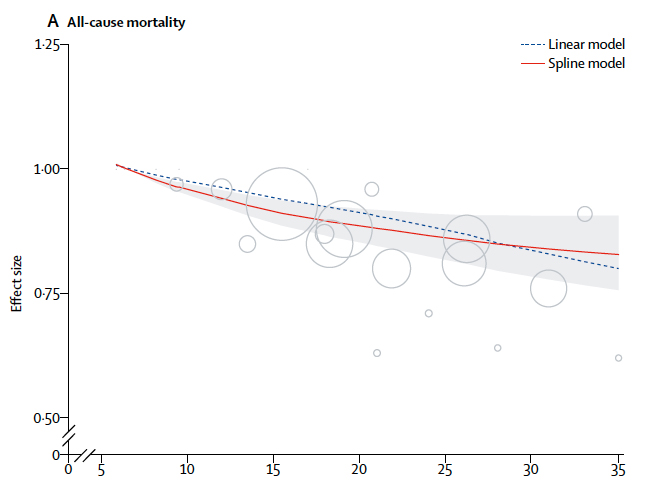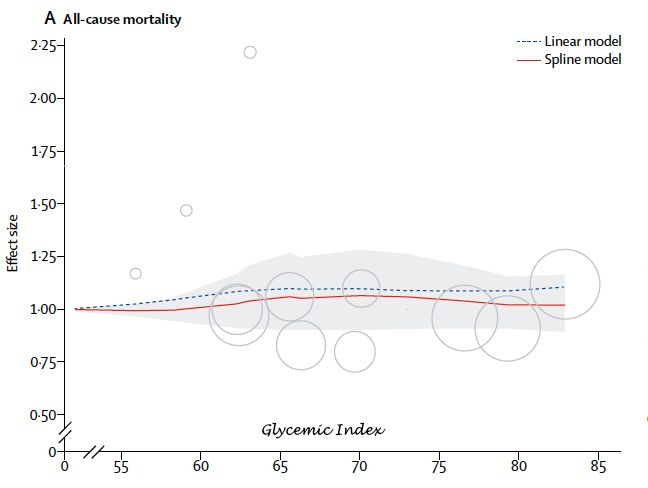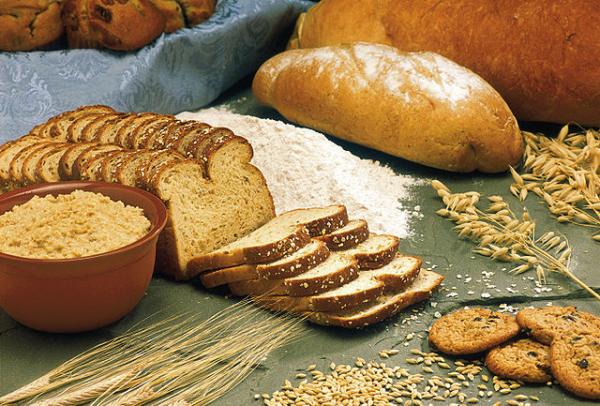In the kitchen, the phrase "slow and low" refers to the best way to barbeque, that being over very low heat for a long time, leaving you with a mouthful of goodness. Oddly enough, we might apply the same thinking to carbs, the oft-maligned macronutrient, because smaller amounts digested over more extended periods may be more healthful. The smaller, lower amount is easily understood; you just take in less. But what is a slow carb?
Carbs are not a monolithic grouping; its name comes from their chemistry, a combination of carbon, hydrogen, and oxygen. Like the eight blind men trying to describe an elephant, each of our sciences has a different description of the same creature. In health, our description falls into several of these sciences. We speak of sugar and hemoglobin A1c when we speak of diabetes, and we use terms like whole grains or glycemic index [1] when we talk of diet. A recent Lancet article reviews health outcomes in relation to carb’s “quality” – where quality in carbs, is like the "slow" in barbeque.
The study is a meta-analysis casting a large net for studies of adults and children, looking at various markers of carbohydrate quality and outcomes -- in all languages -- and observational or randomized studies, and clinical trials. The net captured 22,356 studies, but most were thrown back, leaving 243 studies as the basis for the analysis, 185 prospective studies and 58 clinical trials.

Observational data showed higher intakes of “total dietary fiber” reduced critical outcomes, like dying or cardiovascular disease, by 15-31% following a dose-response curve, e.g., more fiber and fewer critical outcomes. Here is the graph for all-cause mortality. The shaded area represents the range of data, that “cone of uncertainty” grows at higher fiber concentrations. While the effect was “broadly similar” when looking at food groups, the data for cereals -- and by that, we are referring to the edible portion of plants -- was the strongest. And within cereals, the winner was whole grains.  In contrast, the studies that looked at glycemic index demonstrated a benefit, but certainly not as dramatic a dose-response (the shape of the curve); the exception here would be for individuals with diabetes, where higher blood sugar is more of a problem.
In contrast, the studies that looked at glycemic index demonstrated a benefit, but certainly not as dramatic a dose-response (the shape of the curve); the exception here would be for individuals with diabetes, where higher blood sugar is more of a problem.
It seems that for our health, total dietary fiber is good, whole grains are better; for research, perhaps we need to reconsider stratification by glycemic index it doesn’t seem to separate outcomes as well.
Carbs can be categorized in many ways
For those of us not engaged in research the take-home is that we need sufficient amounts of fiber, especially whole grains, in our diet. The increasing “cone of uncertainty” makes an absolute recommendation, unreliable although, and you can count on national and global institutions like the World Health Organization laying down firm numbers. After all, we all need guidelines because then we can be measured. More importantly, the fiber we should be seeking is the kind we can chew, in the form of food, not swallowed in the form of a pill. That fiber will increase satiety, reducing the amount we “feel” we need to eat, slowing the release of the glucose it contains, which can reduce the absorption of fats. Fibers also provide nutrition to our synergistic fellow travelers, the bacteria in our gut. In that sense, we are feeding two for the price of one.
 The importance of the aforementioned “cone of uncertainty” is revealed in the recommendations for more and more fiber, about 25 grams daily for women and close to 40 for men. What does 25 grams of fiber look like? (It can be chocolate; I "borrowed" this picture, at left, from the Internet.) But it can come in the form of 5 oranges, 7 cups of blueberries, 5 cups of broccoli, 3 cups of peas, 4 cups of whole-wheat spaghetti or 1 ½ cups of boiled beans. That is a lot of food. But more to the point it is diverse and very plant-based.
The importance of the aforementioned “cone of uncertainty” is revealed in the recommendations for more and more fiber, about 25 grams daily for women and close to 40 for men. What does 25 grams of fiber look like? (It can be chocolate; I "borrowed" this picture, at left, from the Internet.) But it can come in the form of 5 oranges, 7 cups of blueberries, 5 cups of broccoli, 3 cups of peas, 4 cups of whole-wheat spaghetti or 1 ½ cups of boiled beans. That is a lot of food. But more to the point it is diverse and very plant-based.
For those interested in labeling, the study shows that we need only say whole grain to communicate the pertinent information, glycemic index. And dare I say, carbohydrate may not communicate valuable health information, except for those individuals with diabetes.
[1] The glycemic index is a measure of how quickly a carbohydrate will raise your blood sugar. “Good carbs” have lower numbers, “bad carbs” higher.
Source: Carbohydrate quality and human health: a series of systematic reviews and meta-analyses Lancet DOI: 10.1016/S0140-6736(18)31809-9




